Abarth 500 595 695 vs Hyundai IONIQ 9 – Differences & prices compared
Compare performance, boot capacity, efficiency and price at a glance.
Find out which car is the better choice for you – Abarth 500 595 695 or Hyundai IONIQ 9?
Costs and Efficiency:
When it comes to price and running costs, the biggest differences usually appear. This is often where you see which car fits your budget better in the long run.
Abarth 500 595 695 has a clearly advantage in terms of price – it starts at 32600 £, while the Hyundai IONIQ 9 costs 58700 £. That’s a price difference of around 26152 £.
In terms of energy consumption, the advantage goes to the Abarth 500 595 695: with 17.10 kWh per 100 km, it’s to a small extent more efficient than the Hyundai IONIQ 9 with 19.90 kWh. That’s a difference of about 2.80 kWh.
As for range, the Hyundai IONIQ 9 performs significantly better – achieving up to 620 km, about 355 km more than the Abarth 500 595 695.
Engine and Performance:
Power, torque and acceleration say a lot about how a car feels on the road. This is where you see which model delivers more driving dynamics.
When it comes to engine power, the Hyundai IONIQ 9 has a convincingly edge – offering 428 HP compared to 155 HP. That’s roughly 273 HP more horsepower.
In acceleration from 0 to 100 km/h, the Hyundai IONIQ 9 is noticeable quicker – completing the sprint in 5.20 s, while the Abarth 500 595 695 takes 7 s. That’s about 1.80 s faster.
In terms of top speed, the Hyundai IONIQ 9 performs clearly perceptible better – reaching 200 km/h, while the Abarth 500 595 695 tops out at 155 km/h. The difference is around 45 km/h.
There’s also a difference in torque: Hyundai IONIQ 9 pulls significantly stronger with 700 Nm compared to 235 Nm. That’s about 465 Nm difference.
Space and Everyday Use:
Cabin size, boot volume and payload all play a role in everyday practicality. Here, comfort and flexibility make the difference.
Seats: Hyundai IONIQ 9 offers significantly more seating capacity – 7 vs 4.
In curb weight, Abarth 500 595 695 is significantly lighter – 1410 kg compared to 2594 kg. The difference is around 1184 kg.
In terms of boot space, the Hyundai IONIQ 9 offers significantly more room – 338 L compared to 185 L. That’s a difference of about 153 L.
In maximum load capacity, the Hyundai IONIQ 9 performs convincingly better – up to 2419 L, which is about 1869 L more than the Abarth 500 595 695.
When it comes to payload, Hyundai IONIQ 9 clearly takes the win – 643 kg compared to 385 kg. That’s a difference of about 258 kg.
Who comes out on top?
Overall, the Hyundai IONIQ 9 shows itself to be outperforms in nearly all aspects and secures the title of DriveDuel Champion.
It convinces with the more balanced overall package and proves to be the more versatile choice for everyday use.

Hyundai IONIQ 9
Abarth 500 595 695
The Abarth 500, particularly in its 595 and 695 renditions, captures the spirit of Italian motoring with its compact yet aggressive design. Known for its lively performance and distinctive styling, this little powerhouse is a joy to drive, offering an engaging experience that appeals to enthusiasts. With its rich motorsport heritage, the Abarth 500 embodies the essence of fun and excitement on both the streets and the race track.
details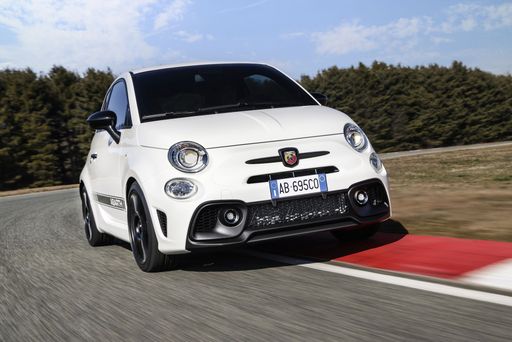 @ Abarth / Stellantis Media
@ Abarth / Stellantis Media
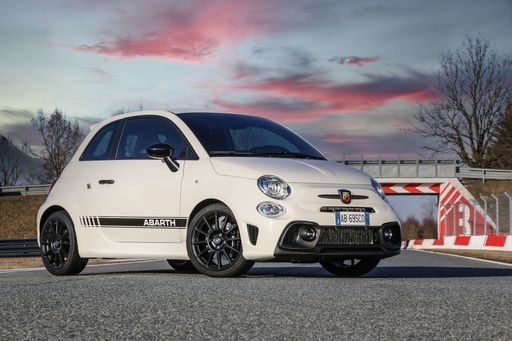 @ Abarth / Stellantis Media
@ Abarth / Stellantis Media
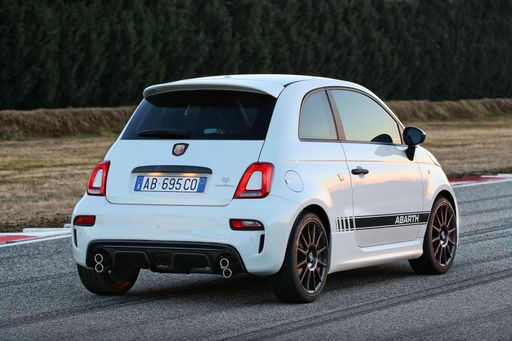 @ Abarth / Stellantis Media
@ Abarth / Stellantis Media
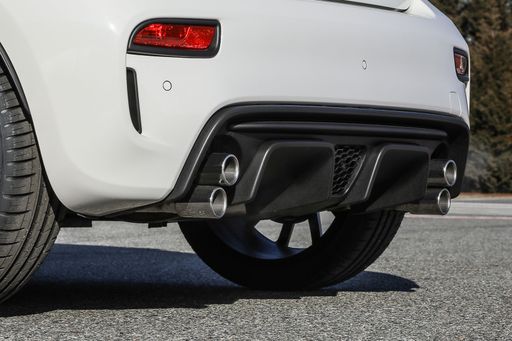 @ Abarth / Stellantis Media
@ Abarth / Stellantis Media
 @ Abarth / Stellantis Media
@ Abarth / Stellantis Media
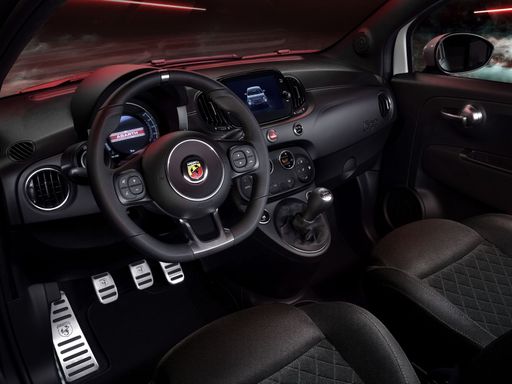 @ Abarth / Stellantis Media
@ Abarth / Stellantis Media
Hyundai IONIQ 9
The Hyundai IONIQ 9 is a bold step forward in the automotive world, combining cutting-edge electric technology with a sleek and modern design. This model stands out with its spacious interior and advanced features, ensuring both comfort and convenience for drivers and passengers alike. As Hyundai pushes the envelope in eco-friendly innovation, the IONIQ 9 represents the future of sustainable driving with its impressive range and performance capabilities.
details
 @ Abarth / Stellantis Media
@ Abarth / Stellantis Media
|
|
|
|
|
Costs and Consumption |
|
|---|---|
|
Price
32600 - 39400 £
|
Price
58700 - 74400 £
|
|
Consumption L/100km
-
|
Consumption L/100km
-
|
|
Consumption kWh/100km
17.1 - 18.8 kWh
|
Consumption kWh/100km
19.9 - 20.6 kWh
|
|
Electric Range
242 - 265 km
|
Electric Range
600 - 620 km
|
|
Battery Capacity
37.80 kWh
|
Battery Capacity
110 kWh
|
|
co2
0 g/km
|
co2
0 g/km
|
|
Fuel tank capacity
-
|
Fuel tank capacity
-
|
Dimensions and Body |
|
|---|---|
|
Body Type
Hatchback
|
Body Type
SUV
|
|
Seats
4
|
Seats
7
|
|
Doors
3
|
Doors
5
|
|
Curb weight
1410 - 1435 kg
|
Curb weight
2594 - 2689 kg
|
|
Trunk capacity
185 L
|
Trunk capacity
338 L
|
|
Length
3673 mm
|
Length
5060 mm
|
|
Width
1682 mm
|
Width
1980 mm
|
|
Height
1518 mm
|
Height
1790 mm
|
|
Max trunk capacity
550 L
|
Max trunk capacity
2419 L
|
|
Payload
370 - 385 kg
|
Payload
586 - 643 kg
|
Engine and Performance |
|
|---|---|
|
Engine Type
Electric
|
Engine Type
Electric
|
|
Transmission
Automatic
|
Transmission
Automatic
|
|
Transmission Detail
-
|
Transmission Detail
Reduction Gearbox
|
|
Drive Type
Front-Wheel Drive
|
Drive Type
Rear-Wheel Drive, All-Wheel Drive
|
|
Power HP
155 HP
|
Power HP
218 - 428 HP
|
|
Acceleration 0-100km/h
7 s
|
Acceleration 0-100km/h
5.2 - 9.4 s
|
|
Max Speed
155 km/h
|
Max Speed
190 - 200 km/h
|
|
Torque
235 Nm
|
Torque
350 - 700 Nm
|
|
Number of Cylinders
-
|
Number of Cylinders
-
|
|
Power kW
114 kW
|
Power kW
160 - 315 kW
|
|
Engine capacity
-
|
Engine capacity
-
|
General |
|
|---|---|
|
Model Year
2023
|
Model Year
2025
|
|
CO2 Efficiency Class
A
|
CO2 Efficiency Class
A
|
|
Brand
Abarth
|
Brand
Hyundai
|
Is the Abarth 500 595 695 offered with different drivetrains?
The Abarth 500 595 695 is offered with Front-Wheel Drive.
The prices and data displayed are estimates based on German list prices and may vary by country. This information is not legally binding.
